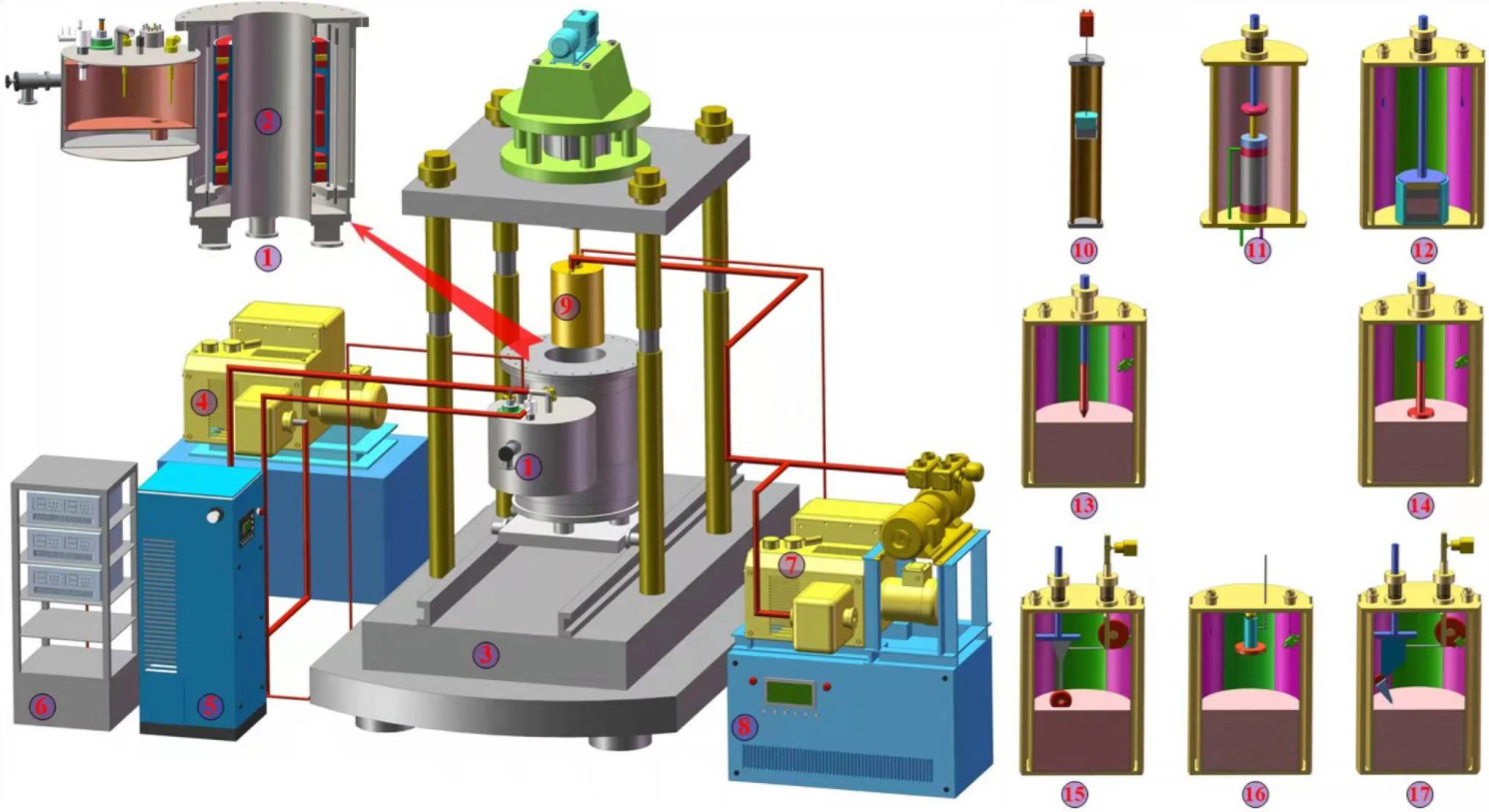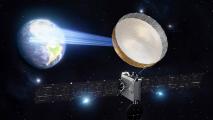China builds “artificial moon” on Earth
China has built an “artificial moon” model that uses magnetic fields to mimic weak lunar gravity — and it could help with the creation of future moon colonies.
The challenge: Any tech that scientists want to send to the moon needs to be designed to work under lunar conditions, and one of the trickiest conditions to account for is the moon’s gravity, which is just 16% as powerful as Earth’s.
“One of the constant challenges with living and working in space is reduced gravity,” Christopher Baker, program executive for NASA’s Flight Opportunities program, said in 2021. “Many systems designed for use on Earth simply do not work the same elsewhere.”
What’s new: We can mimic lunar gravity on Earth — with parabolic flights or drop towers, for example — but the condition lasts for only seconds.
“One of the constant challenges with living and working in space is reduced gravity.”
Christopher Baker
China’s artificial moon can simulate lunar gravity for “as long as you want,” lead scientist Li Ruilin, from the China University of Mining and Technology, told the South China Morning Post.
“Some experiments such as an impact test need just a few seconds [in the simulator],” he added. “But others such as creep testing can take several days.”
How it works: At the core of China’s artificial moon is a vacuum chamber containing a cylinder 23.6 inches wide. The top of this mini moon is covered in rocks and dust that mimic the surface of the real moon.
By adjusting a magnetic field acting upon the mini moon, scientists can simulate the gravity of the real one.

This could be incredibly useful for testing tech destined for the moon — to see how effective a 3D printer might be for building lunar habitats, for example, researchers could put a smaller scale version on the mini moon and turn on the field.
They can also crank the magnetic field up high enough to levitate small objects on the fake moon’s surface if they want to.Li was actually inspired to use magnetic fields to mimic lunar gravity by an experiment in which physicist Andre Geim levitated a frog.
Looking ahead: The facility containing China’s artificial moon is expected to officially open in the next few months and will be used by China’s space agency to prepare for future lunar missions.
It will also be open to researchers from around the world, according to Li, and while NASA hasn’t announced any plans to conduct research there, based on Baker’s previous comments, it would have no shortage of tech to test.
“A wide range of tools we need for the moon and Mars could benefit from testing in partial gravity,” he said, “including technologies for in-situ resource utilization, regolith mining, and environmental control and life support systems.”
We’d love to hear from you! If you have a comment about this article or if you have a tip for a future Freethink story, please email us at [email protected].




